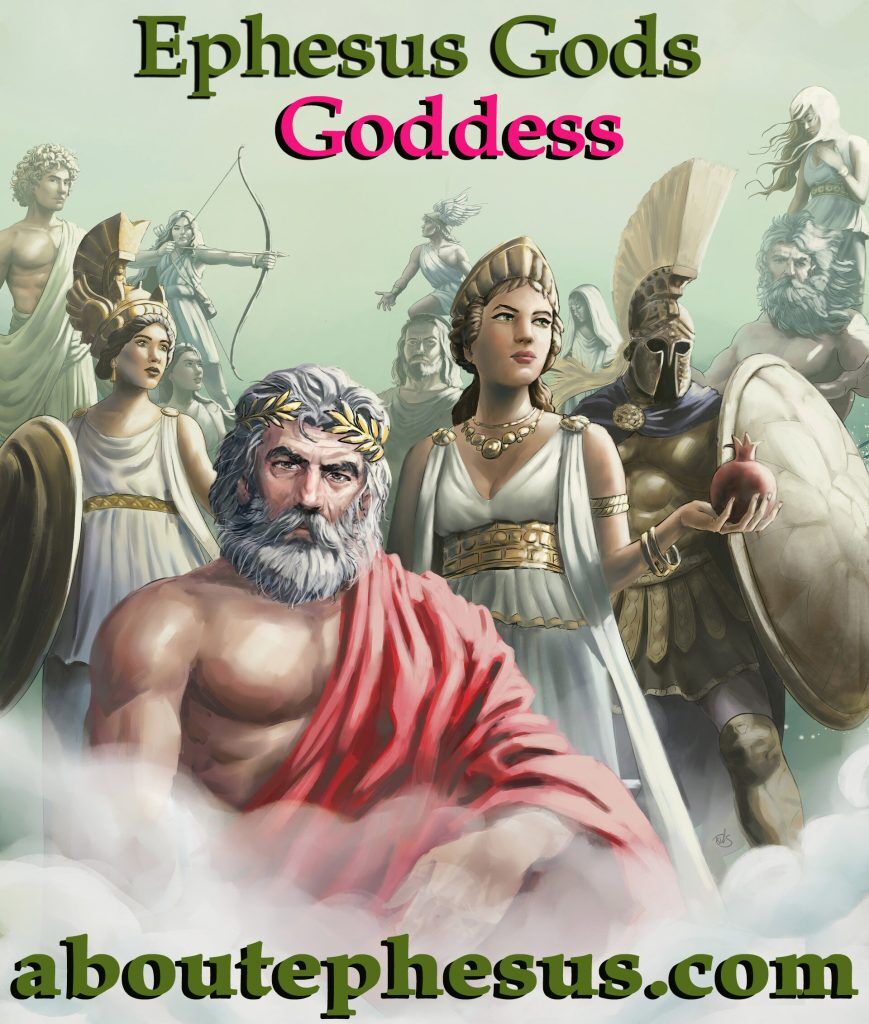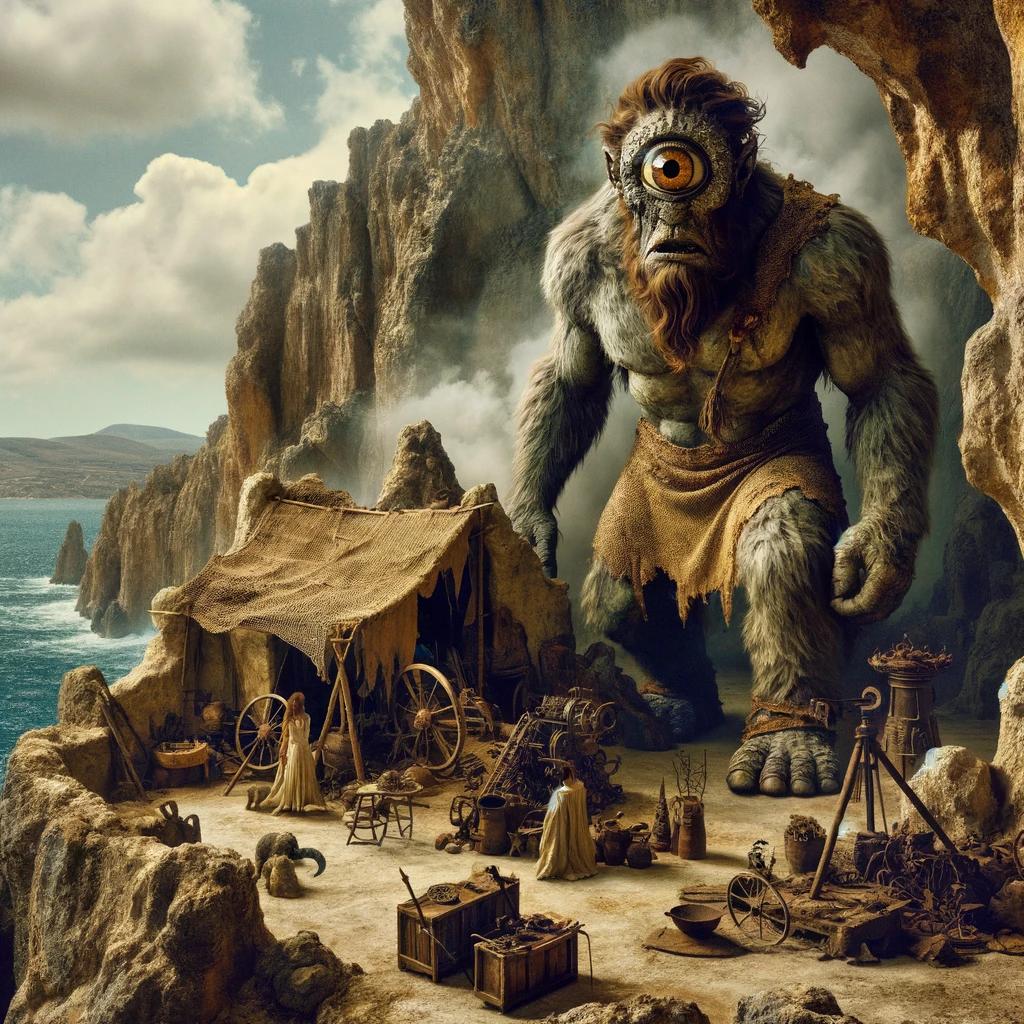Phobos and Charon are both moons in our solar system. Phobos is a moon of Mars, while Charon is a moon of Pluto.
These two moons differ in their sizes, with Phobos being smaller compared to Charon. Despite their differences, both moons have unique features and characteristics that make them intriguing objects for study and exploration. Phobos, the larger of Mars’ two moons, has an irregular shape and is heavily cratered, giving it a distinct appearance.
Charon, on the other hand, is larger and more spherical in shape, with evidence of past geological activity. Both moons have sparked scientific interest due to their potential insights into the formation and evolution of their respective planetary systems. We will explore the similarities and differences between Phobos and Charon, shedding light on the fascinating characteristics of these enigmatic celestial bodies.
Contents
Origin And Properties
The origin and properties of moons such as Phobos and Charon hold great scientific interest, offering insights into the planetary systems they orbit. Let’s explore the unique characteristics and origin stories of Phobos and Charon, the moons of Mars and Pluto respectively.
Phobos – Mars’ Moon
Phobos, the larger of Mars’ two moons, was discovered in 1877 by American astronomer Asaph Hall. This small, irregularly-shaped moon is thought to be made of carbon-rich rocks and dust, with a heavily cratered surface indicating its violent history. Its close proximity to Mars has aroused curiosity about its unusual orbit and the potential for its eventual disintegration.
Charon – Pluto’s Moon
Charon, the largest of Pluto’s five moons, was first observed in 1978 by James Christy and Robert Harrington at the United States Naval Observatory. This relatively large moon is unique for its size compared to Pluto, leading some to consider the pair a “double system” rather than a planet and its moon. Its surface is characterized by canyons and craters, offering clues about its formation and the history of the Pluto system.
Physical Characteristics
When it comes to the physical characteristics of celestial bodies, their size, shape, and surface features play a significant role in understanding their composition and formation. This section will delve into the physical characteristics of Phobos and Charon, two intriguing moons that orbit planets within our solar system.
Size And Shape
Phobos, the larger of Mars’ two moons, has an irregular shape, resembling a lumpy potato, and measures approximately 22.2 kilometers in its longest dimension. In contrast, Charon, Pluto’s largest moon, boasts a more spherical shape and is notably larger, with a diameter of about 1,212 kilometers.
Surface Features
Phobos’ surface is characterized by grooves and crater chains, often attributed to the impacts of meteorites. In contrast, Charon exhibits a diverse array of terrains, including rugged mountains, deep canyons, and a varied geological history, suggestive of past tectonic activity.
Orbital Dynamics
Compare the orbital dynamics of Phobos and Charon. While Phobos orbits Mars at a close range, Charon moves around Pluto in a more distant orbit. Understanding these differences in orbital dynamics can provide insights into the unique characteristics of these two celestial bodies.
Orbital Dynamics H3 Revolution and Rotation Phobos orbits Mars, while Charon circles Pluto. Both Phobos and Charon exhibit synchronous rotation. Phobos completes a revolution in less than a day. Charon takes around six and a half days to revolve. The synchronous rotation enables one side to always face the parent planet. H3 Relation to Parent Planets Phobos is closer to Mars compared to Charon to Pluto. Phobos orbits at a shorter distance from Mars. Charon orbits at a farther distance from Pluto. The proximity influences their orbital dynamics significantly.
Credit: www.astraspaceuniverse.com
Composition And Structure
When it comes to understanding celestial bodies, their composition and structure provide valuable insights into their origins and evolution. In this comparison between Phobos and Charon, two captivating moons, we delve into their materials and internal makeup to gain a deeper understanding of these intriguing worlds.
Materials
The materials that make up Phobos and Charon differ, resulting in distinct characteristics and appearances. Phobos, one of Mars’ two moons, is primarily composed of carbon-rich rock, making it resemble a dark, crater-ridden potato floating in space. Charon, Pluto’s largest moon, is composed of a mix of rock and water ice, giving it a smooth, icy appearance.
These differences in materials contribute to the varying appearances of Phobos and Charon. Phobos’ dark and heavily cratered surface reflects less sunlight, leading to its characteristic somber appearance. On the other hand, Charon’s icy surface reflects more sunlight, giving it a brighter and smoother appearance in comparison.
| Phobos | Charon |
|---|---|
| Carbon-rich rock composition | Rock and water ice composition |
| Dark and crater-ridden surface | Bright and smooth surface |
Internal Makeup
Beyond the surface, Phobos and Charon also differ in terms of their internal makeup. Phobos is believed to consist of loosely packed rocks with void spaces, indicating a porous structure. This porous nature allows Phobos to have a significantly lower density compared to Charon.
Charon, on the other hand, is estimated to have a rocky core surrounded by a layer of water ice. This layered structure provides Charon with greater stability and overall higher density. However, further investigations are required to fully understand the exact internal arrangements of both moons.
- Phobos: Loosely packed rocks with void spaces
- Charon: Rocky core surrounded by a layer of water ice
Understanding the differing internal structures of Phobos and Charon is essential in unraveling their formation and history. Further research and exploration will undoubtedly bring forth more fascinating discoveries about these captivating celestial bodies.
Impacts On Parent Planet
Phobos and Charon, the moons of Mars and Pluto respectively, have a profound impact on their parent planets. These satellites, although much smaller in size compared to their planets, play crucial roles in shaping the characteristics and environments of Mars and Pluto.
Influence On Mars
Phobos, the largest moon of Mars, exerts a significant influence on its parent planet. Due to its close proximity to Mars, Phobos affects the planet’s tidal forces. This gravitational interaction results in the tidal bulging of Mars, causing tectonic activity and potential volcanic eruptions. It is believed that Phobos’ gravitational pull on Mars creates stress within the planet’s crust, triggering these geologic events.
Additionally, Phobos acts as a regulator of the Martian dust and creates unusual patterns on the planet’s surface. The moon’s orbit around Mars captures dust particles, preventing them from escaping into space. Consequently, Mars experiences a higher accumulation of dust, creating distinct dark patches on its surface known as “Phobos-Regolith Reflections.” These reflection patterns have been observed by spacecraft orbiting Mars.
Influence On Pluto
Similarly, Charon, the largest moon of Pluto, plays a significant role in shaping its parent planet’s features. The gravitational interaction between Charon and Pluto creates a gravitational dance that keeps both bodies tidally locked to each other. This unique phenomenon results in a mutual tidal deformation, which causes stress and potential fracturing on Pluto’s surface.
Furthermore, Charon’s presence alters the orbital dynamics of Pluto. While both bodies orbit around their common center of mass, the gravitational pull of Charon affects Pluto’s orbit and induces a slight wobbling motion. This wobbling, known as the “barycentric motion,” influences Pluto’s alignment with other celestial objects within the Kuiper Belt, potentially leading to gravitational perturbations and changes in its overall orbital path over time.
Interaction With Atmosphere
Another crucial aspect of the impact these moons have on their parent planets is their interaction with the planetary atmospheres. Phobos lacks a substantial atmosphere but moves at a relatively low altitude within Mars’ thin atmosphere, causing drag and creating atmospheric ripples. These ripples, known as “Phobos-Generated Waves,” provide valuable insights into the behavior and composition of Mars’ upper atmosphere.
In contrast, Charon’s close proximity to Pluto allows for the exchange of particles between the moon and the dwarf planet. The interaction between Charon and Pluto’s thin atmosphere contributes to the creation of haze and potentially influences the microclimate surrounding Pluto. Understanding this interaction helps us explore the complex dynamics of Pluto’s atmosphere, despite its extreme cold and limited extent.
Missions And Discoveries
Exploring Phobos and Charon has unlocked fascinating insights into the mysteries of these celestial bodies. From the earliest missions to the latest discoveries, scientists have made significant strides in understanding these moons.
Exploration History
- NASA
- European Space Agency
- Japan Aerospace Exploration Agency
Key Findings
- Phobos
- Charon
Future Prospects
Future Prospects:
Research Potential
The future prospects of studying Phobos and Charon present an exciting opportunity for researchers to delve deeper into the outer space mysteries. Future research on these moons could unveil valuable insights about planetary formation, the history of our solar system, and the potential for the existence of extraterrestrial life.
Technological Advancements
Advancements in technology offer the potential to revolutionize our understanding of Phobos and Charon. Cutting-edge instruments and spacecraft are enabling scientists to gather more precise data, leading to a clearer comprehension of the composition, structure, and geological features of these intriguing celestial bodies.

Credit: aboutephesus.com

Credit: oldworldgods.com
Frequently Asked Questions Of Phobos Vs Charon
What Is Phobos?
Phobos is the larger and innermost of Mars’ two moons. It is a small, irregularly shaped object with a diameter of about 22 kilometers. Phobos is one of the smallest moons in the solar system and orbits closer to its planet than any other moon.
What Is Charon?
Charon is the largest moon of the dwarf planet Pluto. It has a diameter of about 1,214 kilometers, making it almost half the size of Pluto. Charon is locked in synchronous rotation with Pluto, meaning that the same side always faces the planet.
What Are The Differences Between Phobos And Charon?
Phobos and Charon are moons that orbit different planets. Phobos orbits Mars, while Charon orbits Pluto. Phobos is much smaller than Charon, with a diameter of about 22 kilometers compared to Charon’s 1,214 kilometers. Additionally, Phobos is irregularly shaped and closer to its planet than Charon is to Pluto.
Conclusion
In the end, both Phobos and Charon hold distinct importance in their respective planetary systems. Whether you favor the Martian moon or Pluto’s companion, each has its own fascinating characteristics. Exploring these celestial bodies further will undoubtedly uncover more secrets of our vast universe.


